As society’s preferences evolve, so do the trends in dog ownership, leading to a noticeable decline in the popularity of certain breeds. Factors such as lifestyle changes, breed characteristics, and health issues often contribute to this shift. While some breeds have captured the hearts of dog lovers worldwide, others have seen a gradual decrease in demand, often due to misconceptions, increased health concerns, or a lack of awareness about their unique qualities. This article highlights eleven dog breeds whose popularity is declining, exploring the reasons behind their fading appeal and shedding light on what makes them special.
11. Irish Setter
The Irish Setter was once a beloved breed, renowned for its striking appearance and friendly disposition. However, in recent years, their popularity has waned. One reason for this decline is their high energy levels and need for regular exercise, which can be challenging for busy families. Additionally, their long, flowing coats require significant grooming, making them less appealing to potential owners who prefer low-maintenance breeds. Despite these challenges, Irish Setters are known for their affectionate and gentle nature, making them wonderful companions for active households willing to invest time in training and care.

10. Old English Sheepdog
The Old English Sheepdog is known for its distinctive shaggy coat and gentle temperament. Once popular for its herding capabilities, this breed is now experiencing a decline due to its grooming needs and shedding issues. The Old English Sheepdog requires regular grooming to maintain its coat, which can be time-consuming for owners. Furthermore, their size and energy levels can be daunting for families living in smaller spaces. Despite these challenges, Old English Sheepdogs are known for their loving nature and loyalty, making them great family pets for those who can accommodate their needs.
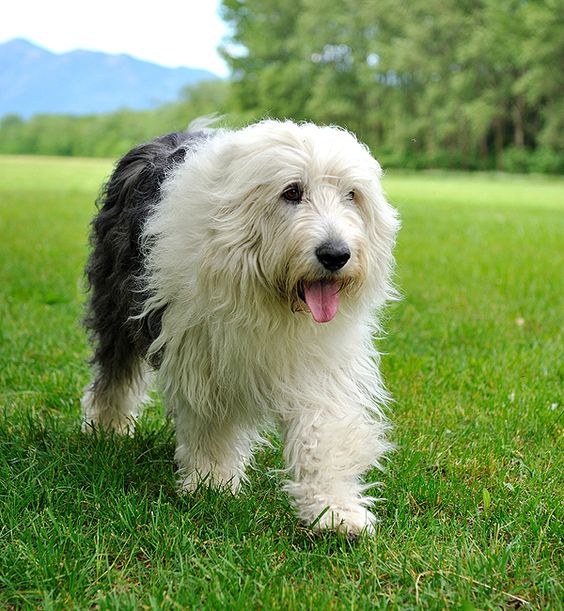
9. American Foxhound
The American Foxhound is a breed with a rich history, originally bred for hunting. However, its popularity has diminished recently, largely due to its independent nature and high exercise requirements. This breed is known for its strong prey drive, making training challenging for inexperienced owners. Additionally, the American Foxhound thrives in active environments, often requiring more space and outdoor time than many families can provide. While affectionate and friendly, the breed’s specific needs and characteristics have contributed to a decline in demand among potential pet owners.

8. Basenji
The Basenji, often called the “barkless dog,” is a unique breed known for its playful personality and independence. While this breed was once popular, it is now experiencing a decline due to its challenging temperament and exercise needs. Basenjis are intelligent and require mental stimulation, making them a handful for inexperienced dog owners. Their independent nature means they may not always respond to commands as quickly as other breeds, leading some owners to seek more compliant dogs. Despite their quirks, Basenjis are affectionate with their families and can be wonderful companions for those who understand their needs.

7. Chow Chow
The Chow Chow is known for its distinctive appearance and lion-like mane. While they were once highly sought after, their popularity has decreased due to their independent and sometimes aloof nature. Chow Chows can be challenging to train, as they are known for their stubbornness. Their grooming needs can also be significant, requiring regular brushing to maintain their thick fur. These traits and the breed’s reputation for being territorial have made them less appealing to prospective dog owners. However, Chow Chows can be loyal and loving companions for those who appreciate their unique personality.
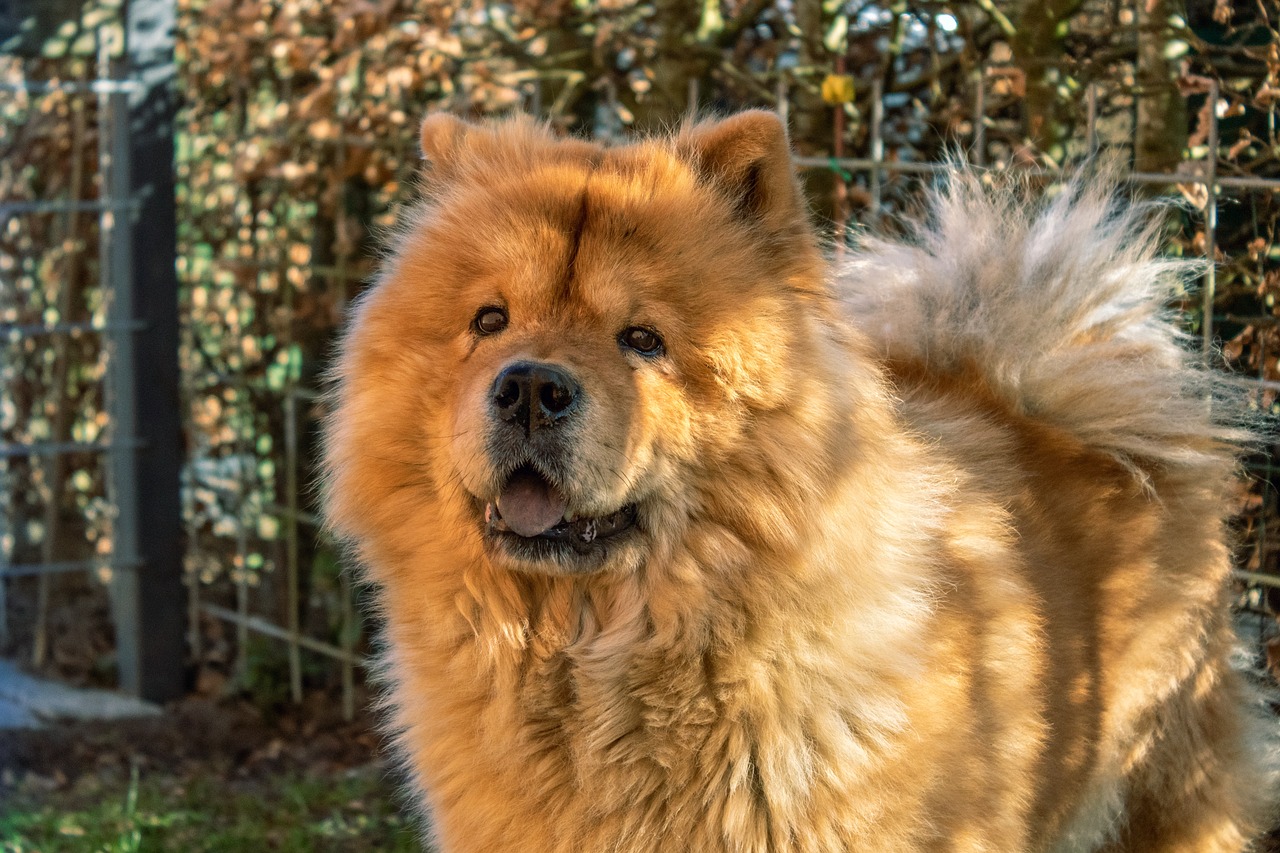
6. American Bulldog
The American Bulldog is a breed that has faced challenges in maintaining its popularity, largely due to misconceptions about its temperament and strength. While they are loyal and protective dogs, their size and muscular build can be intimidating to some potential owners. Furthermore, American Bulldogs require consistent training and socialization to thrive in a family environment. Their high energy levels can also challenge families looking for a more relaxed pet. Despite these challenges, American Bulldogs are known for their affectionate nature and devotion to their families, making them great companions for experienced dog owners.
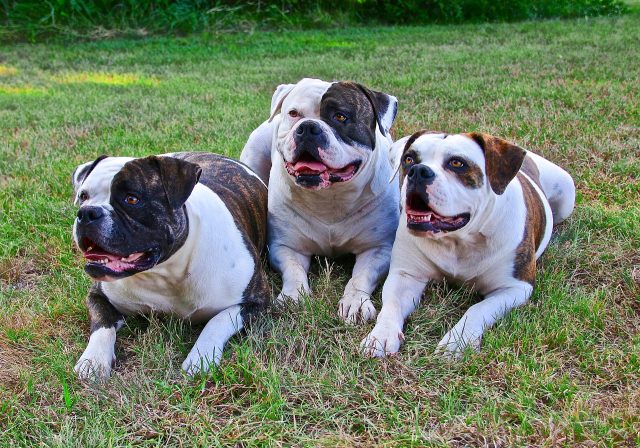
5. Weimaraner
The Weimaraner is a striking breed known for its sleek gray coat and energetic personality. Although they were once highly sought after, their popularity has declined due to their high exercise requirements and the need for mental stimulation. Weimaraners are active dogs that thrive in environments where they can run and play, making them less suitable for families with a more sedentary lifestyle. Additionally, their tendency to form strong bonds with their owners means they can experience separation anxiety if left alone for long periods. Despite these challenges, Weimaraners are loyal and affectionate companions for active families who can meet their needs.
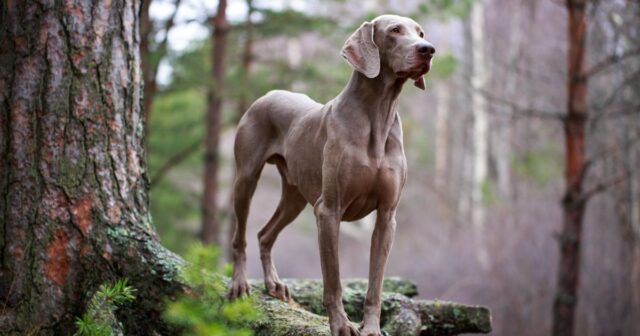
4. Scottish Terrier
The Scottish Terrier, or “Scottie,” is a breed known for its distinctive appearance and strong-willed personality. While they were once popular, their appeal has declined due to their stubborn nature and grooming needs. Scotties are known for their independence, making training challenging for some owners. Additionally, their thick, wiry coat requires regular grooming to prevent matting. These traits can deter potential owners seeking a more compliant and low-maintenance breed. However, Scotties can be affectionate and loyal companions for those who appreciate their unique personality, making them worth the effort.
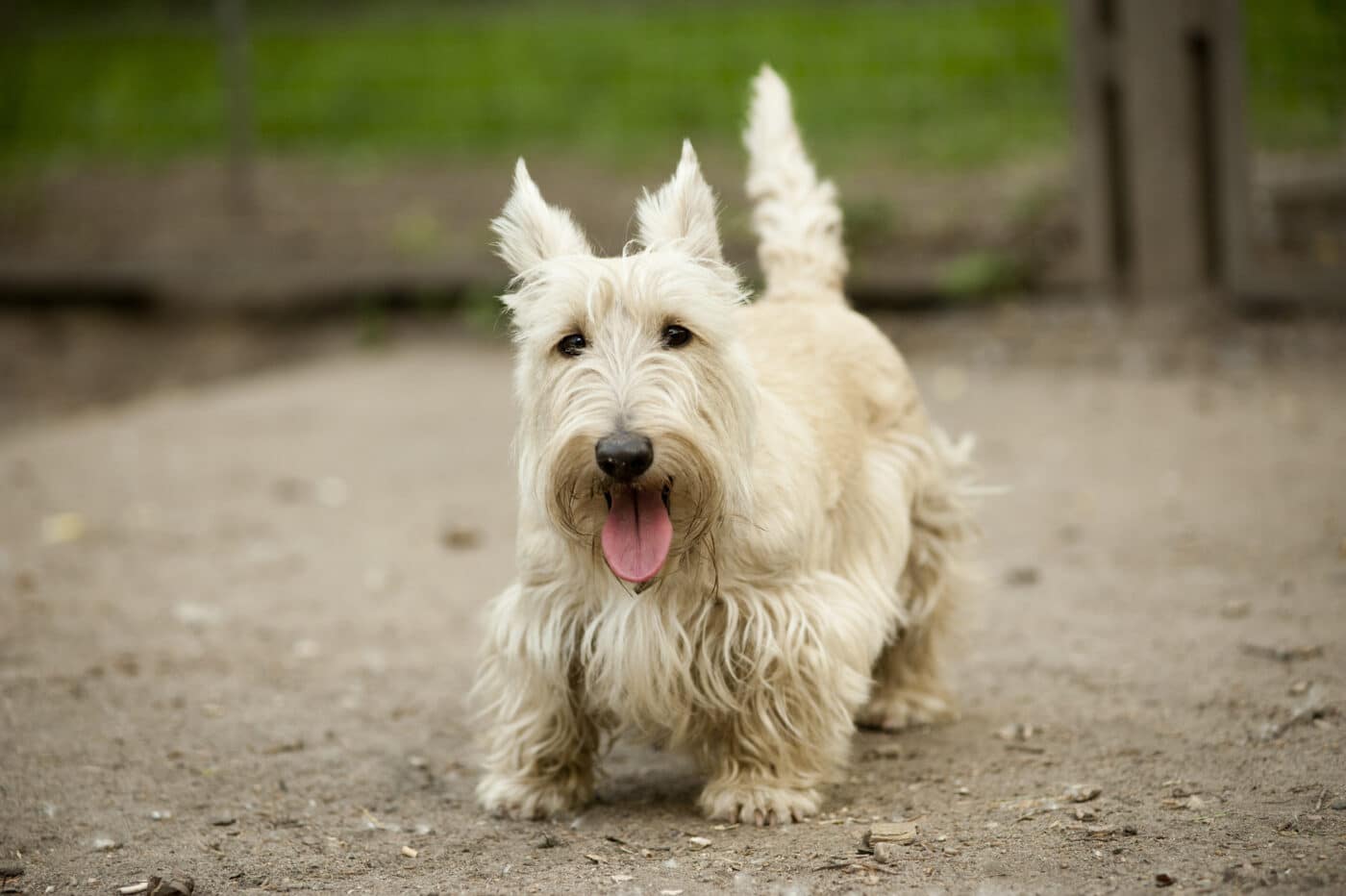
3. Cocker Spaniel
The Cocker Spaniel, once one of the most popular breeds in America, has seen a decline in its popularity in recent years. One reason for this is the breed’s grooming needs, as their long, flowing ears and coats require regular care to prevent matting and ear infections. Additionally, Cocker Spaniels can be prone to various health issues, including eye problems and hip dysplasia, which may deter potential owners. While they are known for their friendly and affectionate nature, their increased health concerns and grooming demands have led many families to opt for breeds that are easier to care for and maintain.

2. German Shorthaired Pointer
The German Shorthaired Pointer is an active and versatile breed known for its hunting abilities and friendly disposition. However, its popularity has declined due to its high energy levels and the need for regular exercise. This breed requires plenty of mental and physical stimulation, making it less suitable for families with a more relaxed lifestyle. Their strong hunting instincts can also lead to challenges in training, particularly for inexperienced dog owners. Despite these challenges, German Shorthaired Pointers are loyal and affectionate companions for those who can meet their exercise needs and provide consistent training.
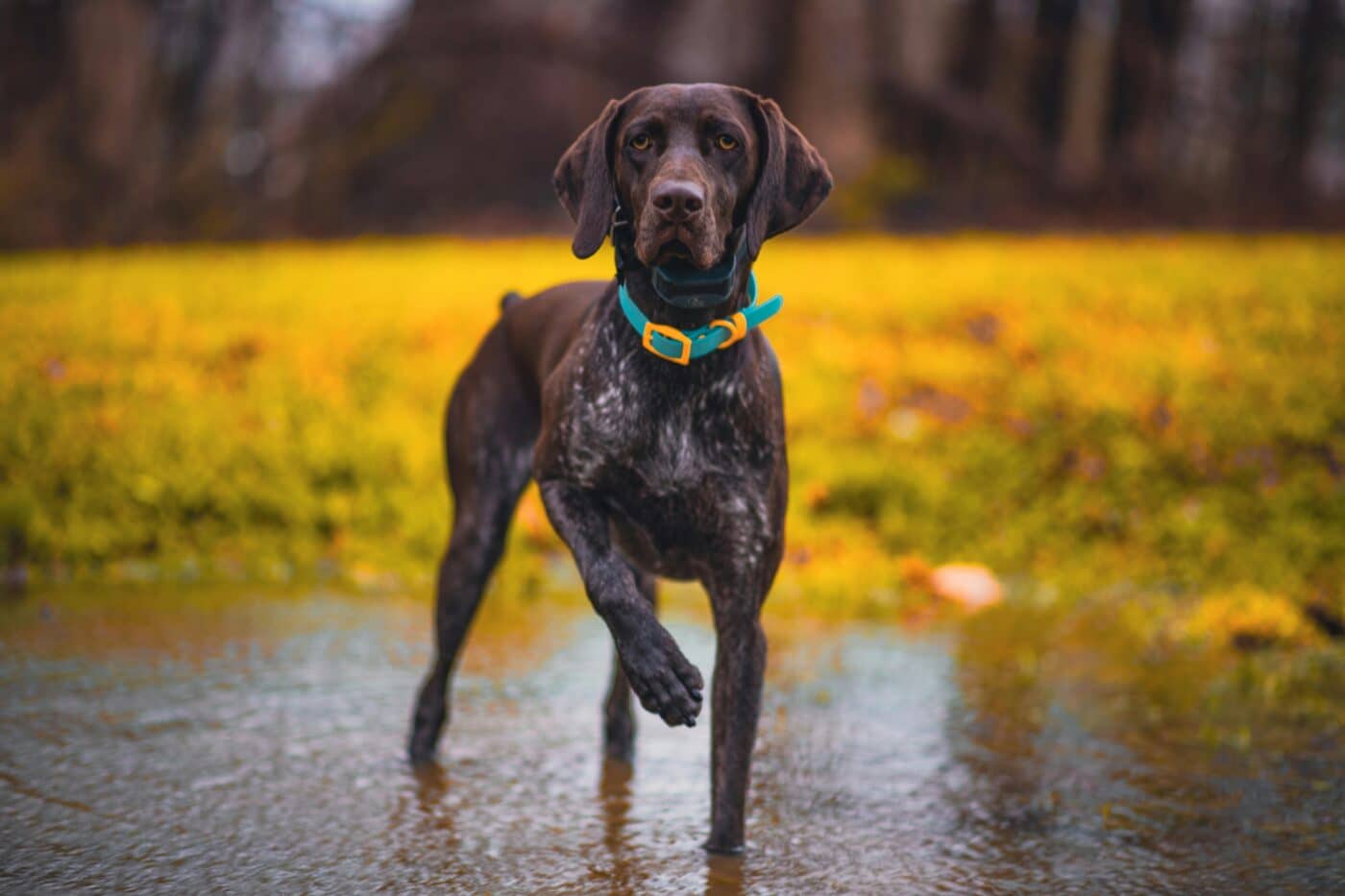
1. Borzoi
The Borzoi, also known as the Russian Wolfhound, is a majestic breed with a long history as a hunting dog. Although they are known for their grace and elegance, Borzois have declined in popularity due to their size and exercise requirements. These dogs are often best suited for families with large outdoor spaces, as they thrive in active environments. Additionally, their independent nature can make training a challenge for some owners, leading potential dog owners to seek more manageable breeds. However, Borzois can be loving and devoted companions for those who appreciate their unique beauty and gentle temperament.
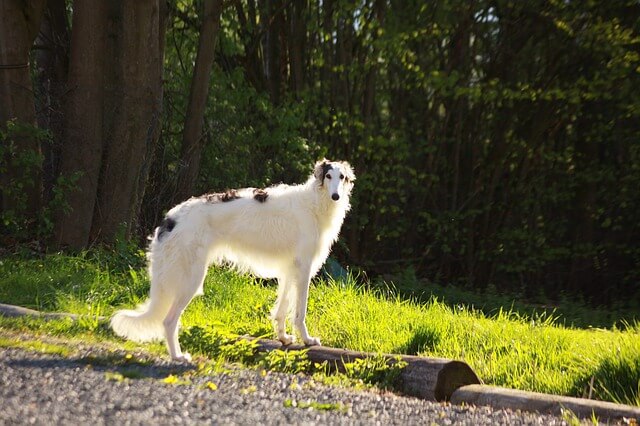
A Shift in Trends
These eleven dog breeds highlight the changing landscape of dog ownership and the factors contributing to a decline in popularity. While some breeds may lose their appeal due to exercise needs, grooming demands, or temperament challenges, many still offer unique qualities that make them wonderful companions. Understanding the reasons behind these shifts can help potential dog owners appreciate the special traits of these lesser-known breeds, ensuring they find the right fit for their lifestyles and preferences. With the right care and attention, these breeds can thrive in loving homes, proving that popularity isn’t everything when it comes to choosing the perfect pet.
 Toledo, United States.
Toledo, United States.